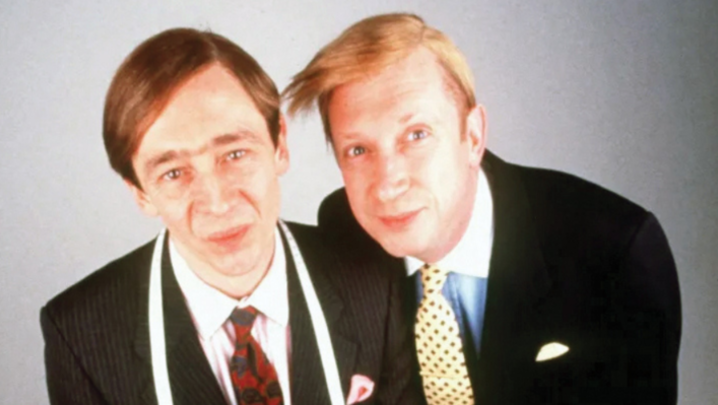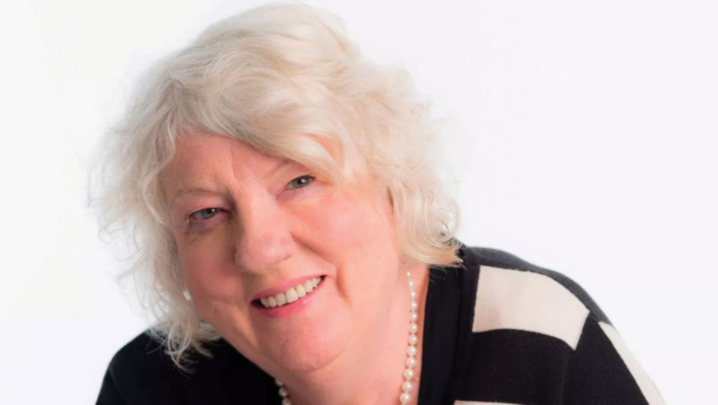The visual effects and animation sector offers many outlets for designers’ creativity, says Matthew Bell
The latest visual effects and animation techniques were on show at the Curzon Soho when the central London cinema hosted an RTS Futures event at the end of May.
A panel of VFX and animation industry experts – quizzed by Luke Franks, the presenter of weekend CITV show Scrambled! – were on hand to screen and talk about their work. They also offered advice on how to break into and progress in the industry.
“As creatives, we’re all striving to come up with original, brilliant ideas and then realise them in animation,” explained UKTV head of design Peter Allinson.
The UK broadcaster, whose channels include Gold and Dave, launched its own agency nearly two years ago to handle the creative work of all UKTV shows.
“We are in an industry where creative teams are being brought in-house pretty much across the board,” added Allinson. Among others, the BBC, ITV and Channel 4 all now have their own in-house agencies.
“In terms of client work, things are good at the moment,” reckoned Alex Donne-Johnson, creative director at Dazzle Ship.
“We have some pretty cool projects, which you can really get into and get lost in the creative stuff.”
Donne-Johnson admitted, however, that VFX work is time-consuming: “It can lead to a lot of late nights.”
“I love what I do, the people I work with and the international community I’m part of,” said Lindsay Watson, the Canadian-born founder of Canuk Productions, a consultancy specialising in children’s animation. “It’s a fantastic career.”
She had, however, seen “a lot of sexism at first hand” in the industry. Just 30% of the UK’s animation and VFX community is female, she added, with “most women working in production or administration – not in technical or creative roles”.
Offering advice to an audience of mostly young people keen to build careers in animation and VFX, Allinson said: “A strong portfolio is a given.”
When interviewing job applicants, he said he always asked them how they generate and develop ideas: “In a way, I find the [process] more interesting than the final outcome.”
Allinson advised applicants to bring “something physical” with them such as a printed storyboard, rather than simply relying on screen-based work. “That will set you apart from everyone else.”
Websites, too, can help to sell a young designer.
“You need a shop window to show what you can do,” said Allinson. “Cut a good showreel [but] be inventive with your choice of track. There are certain tracks that are used over and over again on showreels and it becomes incredibly repetitive. I stop looking at the work; I’m just hearing that same song again.”
His other advice was to “stay in school” – work experience, although valuable, was not as important as gaining qualifications.
“It’s not just a line on a CV – those years of [studying] with your creative peers and learning the craft will really pay off in the future,” he argued.
“Although we’re discussing visual effects and motion graphics tonight, having a graphic design background is really important. You need to be able to communicate through design.”
Donne-Johnson agreed that “an understanding of design is really important – that really sets you apart”.
The creative director went on to rail against the modern trend of advertising for “rock-star designers” to work on “big brands”. He said that VFX and motion graphics should be about “enjoying the work” and “not about adding a brand to your portfolio”.
‘VFX and animation: Meet the experts’ was held at the Curzon Soho in central London on 23 May, and produced by Alex Wootten and Tara Magan.
Question & answer
Q. What should you know about a company before you go to an interview?
A.
Peter Allinson: I don’t expect people to come into an interview and understand exactly what we do day to day… but my first question is, “What do you know about UKTV?” If they really want the job, they will have done their homework and come to the interview prepared.
Alex Donne-Johnson: A company’s Instagram or Facebook pages can give you an insight into its culture. It might show just the best bits, but it [will help].
Q. What do you like to see in a portfolio?
A.
Allinson: One recent interviewee who stood out – and he got the job – produced a book with proper binding. It almost looked like something you could buy in a shop. Creating a book with your sketches and designs looks professional.
Q. Are old-fashioned skills still needed in the industry?
A.
Allinson: You need to invest in [Adobe VFX software] After Effects, [Maxon 3D animation software] and Cinema 4D and learn those, but never lose your raw, practical talents.”
Q. Do you approve of free creative pitches or should the client pay?
A.
Allinson: Free pitching is wrong in this industry – the amount of work you put into pitching is [huge]. If you don’t get that job it’s incredibly disheartening.”
Lindsay Watson: There’s a ratio – about one in 10 pitches are successful in animation… As a freelancer, you could find out what the budget is, whether the company has any money behind it and how serious it is about the project. There’s a lot you can do to assess [the worth of] projects.”
Allinson: Be careful about who you’re pitching to – there are occasions when you pitch, don’t get the job and then find that your idea has been ripped off.… There are companies that use pitches as a way of building ideas for them to proceed with, which is awful.
Donne-Johnson: It’s become more of a problem in recent years… but there is a time and a place for free pitches.… if a job comes along and you know the variables and think it’s worth it, then sometimes you’ve got to pitch for free.
Meet the experts
Alex Donne-Johnson began his working life in web design and making flyers for clubs. His first VFX work was on a Bhangra music video: ‘It was terrible –I never show it to anyone.’
What he described as his first ‘proper industry job’ was working on the James Bond gaming franchise. He currently works for motion-design studio Dazzle Ship.
Lindsay Watson moved to the UK from Canada a decade ago and worked for children’s distributor Cake Entertainment.
‘I had graduated from art school and knew nothing about the business of animation,’ she said. ‘At Cake, I learned about buying and selling animated TV series, development, scripting and contracts.’
Watson moved to the musical theatre company Cameron Mackintosh as head of digital, and then to work for the International VFX Hub at Bournemouth University. She founded Canuk Productions in 2013.
Peter Allinson freelanced for the BBC after completing an MA in graphic design and communication, before moving to a design agency, Dunning Penney Jones, which specialised in TV channel branding.
He then worked in post-production at Steam Motion and Sound on TV commercials for Cameron Mackintosh’s stage shows. ‘It was stressful, incredibly challenging but very rewarding,’ he recalled. Allinson joined UKTV’s in-house creative team in 2015.







